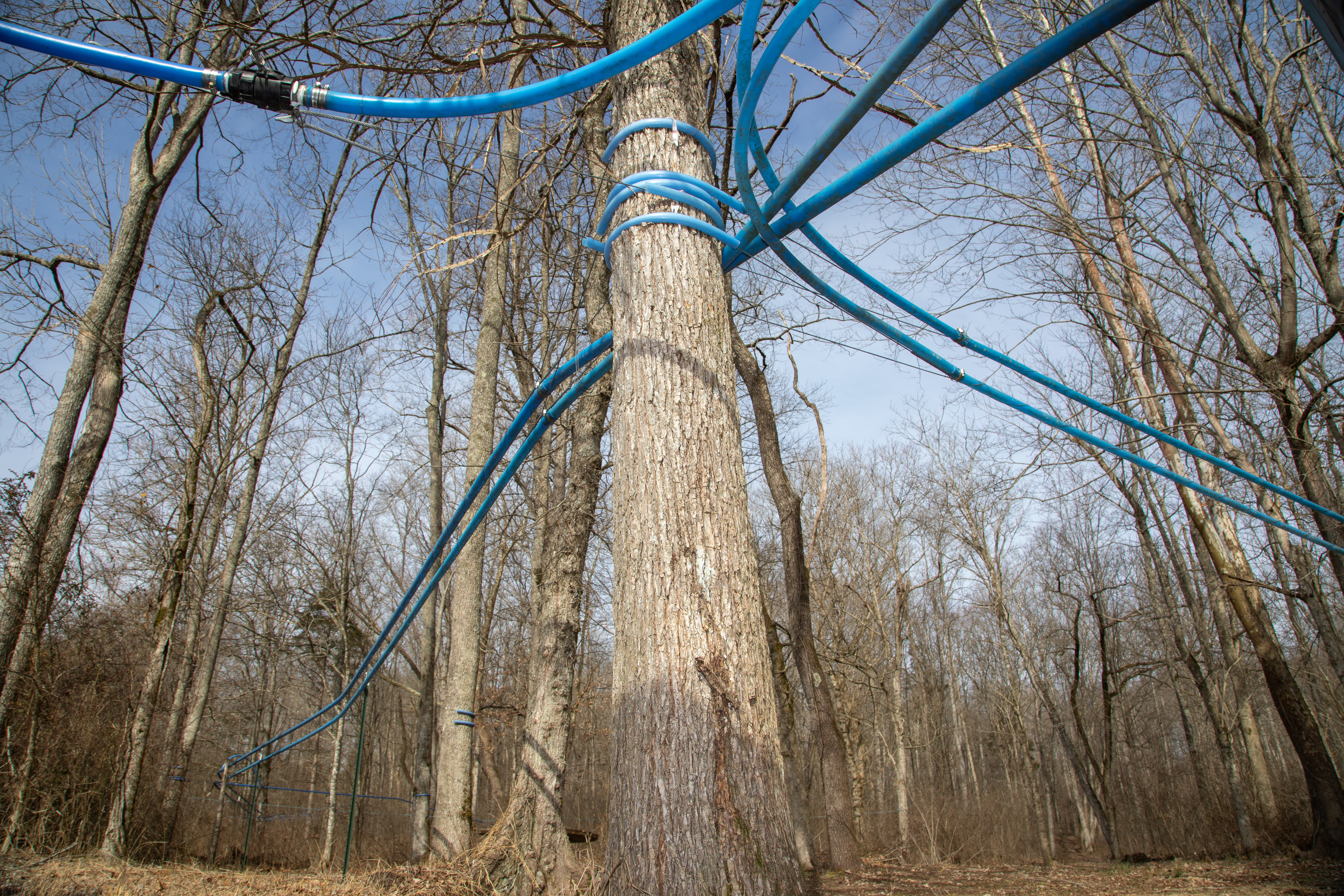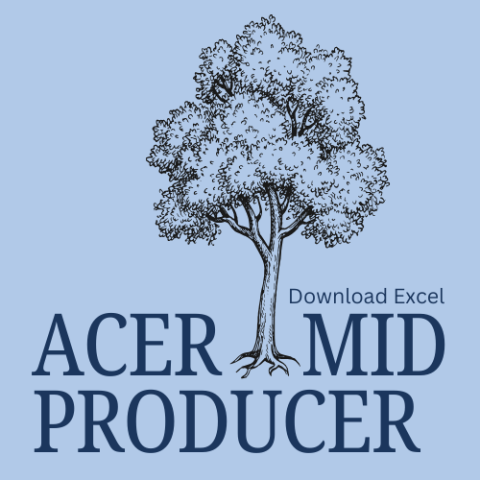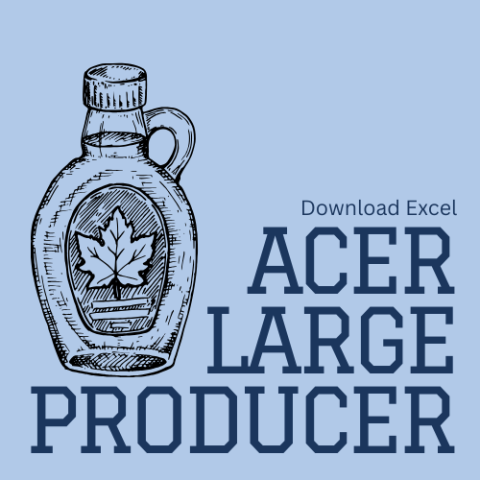Resources

Maple Syrup Production Financial Considerations and Budget Templates
The Kentucky Center for Agriculture and Rural Development (KCARD) has developed a number of resources for current and potential maple syrup producers in Kentucky. The Maple Considerations file discusses some of the basic elements of starting a maple syrup operation and identifies funding assistance. There are also four customizable budget templates based on the # of installed taps. These budgets can be adjusted based on your actual costs and situation. Each budget template contains four worksheets: Maple Start Up Costs, Assumptions, Income Statement and Cash Flow statement.
Considering Maple?
Whether you’ve tapped a few trees with buckets or are seeing the opportunity in the maple syrup market, starting a maple syrup business requires creating a business plan to meet your goals. KCARD is available to meet one on one with producers and help them develop and execute a business plan; for more information please visit: https://www.kcard.info/start-business.
View Maple Business Information...KY Maple Syrup Videos:
Helpful Links
Frequently Asked Questions
In order to collect the sap the trees must be tapped. In Kentucky, this takes place in late December or early January. Tree tapping consists of drilling a 5/16” hole 2” deep into the tree. A plastic hollow spout (tap) is tapped into the tree. The sap will flow out of this tap into a container or into a tubing system so the sap can be collected and evaporated in a sugar house. A sugar house or sugar shack is a building where the maple sap is evaporated into maple syrup.
Most farms in Kentucky tap less than 2,000 trees. However, if you have two or three trees you can tap them and make your own maple syrup in your backyard. Producers should not tap a tree less than 12’ in diameter. If the maple tree measures 12”-18” one tap can be made in the tree. If the tree measures 18”-24” two taps can be installed in the tree if the tree has a diameter greater than 24” then 3 taps can be installed in the tree. Each tap will yield 5-15 gallons of sap per season.
The maple sap is collected only during the winter months when the temperatures are below freezing during the night and above freezing in the day. The sap flows when the trees thaw.
The end of the season differs each season depending on the weather. When the winter temperatures start to warm the maple tree buds will start to swell. When this happens the chemistry of the sweet maple sap changes from pure and sweet to ick! A sugar maker can detect this change when the taste of the maple syrup gets “buddy”. This is the end of the maple season.




